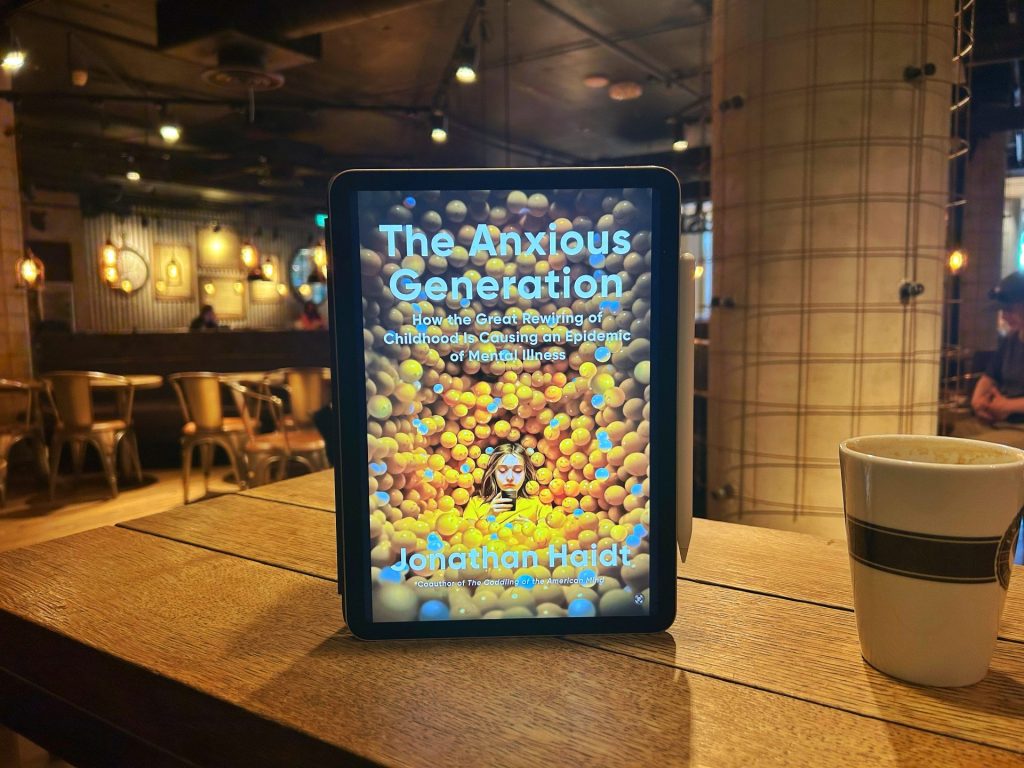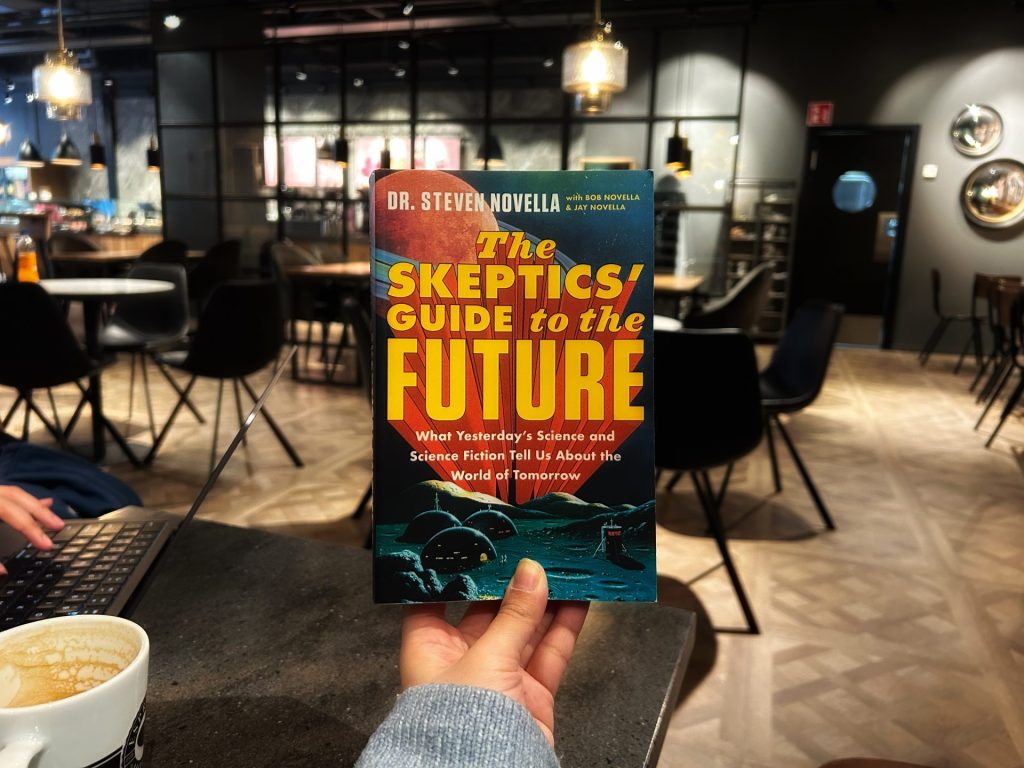Adam Grant, a renowned organizational psychologist, has once again graced us with his insights in his latest book, Hidden Potential: The Science of Achieving Greater Things. As a fan of his previous work, Think Again, which I’ve revisit annually, I anticipated the release of this new book. Now, having dug into its pages, I’m thrilled to share my thoughts about this book.
At the heart of Hidden Potential is Grant’s conviction that everyone possesses untapped potential. However, this isn’t a guide to ambition; it’s an inspiration. Grant focuses on three main themes: the unique character skills that bring us to new heights, the art of sustaining motivation, and the avenues to broaden opportunities. Grant offers insights on team enhancement. For instance, he suggests that instead of ineffective icebreakers at team gatherings, we should embrace “brainwriting,” ensuring that every idea is acknowledged and valued.
For those familiar with Grant’s book or followers of Grant’s social media, certain insights and phrases might resonate. Yet, this book is far from repetitive. He introduces a bunch of intriguing studies and experiments, each exhibits on how we can unearth our latent potential. The findings are not only impressive but also practical for those seeking to harness their inner capabilities.
Summary
Character ≠ Personality
Character is often confused with personality.
- Personality is your predisposition—your basic instincts for how to think, feel, and act.
- Character is your capacity to prioritize your values over your instincts.
- The true test of character is whether you manage to stand by those values when the deck is stacked against you. If personality is how you respond on a typical day, character is how you show up on a hard day.
Learning Styles are Myth
- Of course, you might still have a preferred style of acquiring new knowledge and skills, what we know is that your preference isn’t fixed, and playing only to your strengths deprives you of the opportunity to improve on your weakness.
- The way you like to learn is what makes you comfortable, but it isn’t necessarily how you learn best. Sometimes you even learn better in the mode that makes you the most comfortable, because you have to work harder at it.
- Learning is not always about finding the right method for you. It’s often about finding the right method for you. It’s often about finding the right method for the task.
- Comfort in learning is a paradox. You can’t become truly comfortable with a skill until you’ve practiced it enough to master it. But practicing it before you master it is uncomfortable, so you often avoid it. Accelerating learning requires a second form of courage: being brave enough to use your knowledge as you acquire it.
Stop Searching for Feedback! Start Looking for Advice!
Feedback tends to focus on how well you did last time. Advice shifts attention to how you can do better next time. In experiments, that simple shift is enough to elicit more specific suggestions and more constructive input.
Learning from Experts are Not for Beginners
- If you’re taking a new road, the best experts are often the worst guides. There are at least two reasons:
- The distance they’ve traveled—they’ve come too far to remember what it’s like being in your shoes. It is called the curse knowledge which means the more you know, the harder it is for you to fathom what it’s like to not know.
- As a cognitive scientist, Sian Beilock, said “As you get better and better at what you do, your ability to communicate your understanding or to help others learn that skill often gets worse and worse”
- It”s often said that those who can’t do, teach, It would be more accurate to say that those who can do, can’t teach the basics.
- The further you progress toward mastery, the less conscious awareness you often have of the fundamentals
- Experts often have an intuitive understanding of a route, but they struggle to articulate all the steps to take.
- Instead of helping you find your way, directions from expert guides can leave you stuck. Even worse, they can leave you feeling like your own limitations are preventing you from progressing.
More Mentors, Stronger Guidance
- Different mentors were able to share different tidbits on how to advance.
- No one else knows your exact journey. But if you collect directions from multiple guides, they can sometimes combine to reveal routes you didn’t see. The more uncertain the path and the higher the peak, the greater the range of guides you’ll need. The challenge is to piece the various tips together into a route that works for you.
The Power of Hobby
- When people had spent engaging evening on their side hustles, they performed better the next day in their regular jobs. The progress they made at nigh put an extra spring in their step following morning. The motivation benefits outweighed any distraction costs.
- When people took on serious hobbies at home, their confidence climbed at work—but only if the hobbies were in a different area from their jobs.
Teaching vs Coaching
- Teaching is a powerful method of learning which is called the tutor effect.
- You remember it better after you recall it and you understand it better after you explain it. All it takes is embracing the discomfort of putting yourself in the instructor’s seat before you’ve reached mastery.
- Teaching others can build our competence. But it’s actually coaching others that elevates our confidence. When we encourage others to overcome obstacles, it can help us find our own motivation. It is called the coach effect.
- We’re more confident in our ability to surmount struggles after guiding others through them.
- Coaching effect is different from the tutor effect, which highlights how we can learn through sharing the very knowledge that we want to acquire. The coach effect captures how we can marshal motivation by offering the encouragement to others that we need for ourselves. By reminding us of the tools we already possess, coaching others raises our expectations of ourselves.
Stop Brainstorming! More Brainwriting!
To unearth the hidden potential in teams, instead of brainstorming, we’re better off shifting to a process called brainwriting.
- Brainwriting is asking everyone to generate ideas separately. Next, pool them and share them anonymously among the group. To preserve independent judgement, each member evaluates them on their own. The brainwriting process makes sure that all the ideas are brought to the table and all voices are brought into the conversation and triggers balanced participation.
Our Flawed Recruitment Process
It’s a mistake to judge people by the heights they’ve reached. By favoring applicants who have already excelled, selection systems underestimate and overlook candidates who are capable of greater things. When we confuse past performance with future potential, we miss out on people whose achievements have involved overcoming major obstacles. We need to consider how steep their slope was, how far they’ve climbed, and how they’ve grown along the way. The test of a diamond in the rough is not whether it shines form the start, but how it responds to heat or pressure.
Author: Adam Grant
Publication date: 24 October 2023
Number of pages: 304 pages






